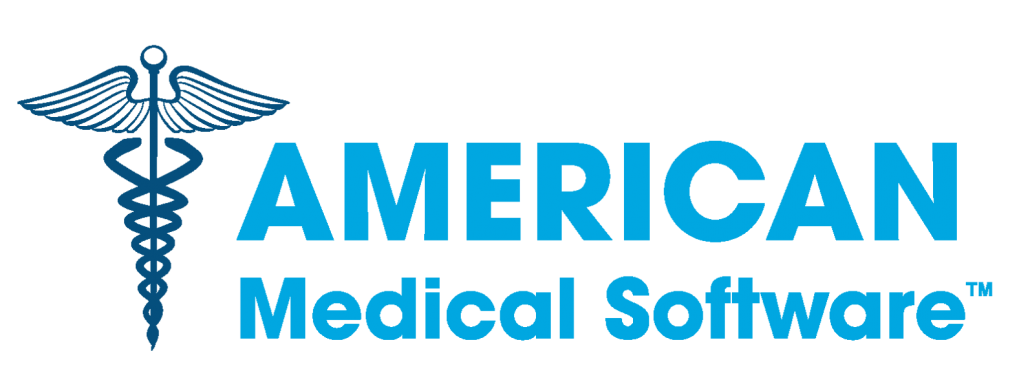3 Operational Benefits of EHR Adoption
Studies have illustrated the potential benefits of EHR adoption, such as improvement in the clinical care process and the overall patient experience. EHR implementation, however, can also have a significant impact on operational efficiencies, creating opportunities for healthcare organizations to leverage the same workflow automation capabilities to improve a number of cumbersome administrative processes to drive bottom line improvement. In addition, the access to health information electronically opens up the organizations to a broader labor force that can improve both turnaround times as well as cost of delivery.
EHR adoption can lead to better workflows and quality in three key areas: coding, chart analysis and completion and records management.
1. Coding
Quality coding drives case mix and, ultimately, reimbursement levels for any healthcare facility. The key to quality coding is a combination of excellent coders and excellent documentation. Under any circumstances, without the best in both of these areas, healthcare facilities run the risk of reduced or even lost compensation. Combined with an efficient scanning operation that has the paper component of the record captured within 12 to 24 hours post discharge, an EHR can provide a more holistic view of the patient encounter to drive the most accurate coding in the least amount of time. Additionally, because all data is now available electronically, healthcare organizations are no longer limited by the local market labor pool when finding coding resources. A vast network of national and even worldwide coders is available to ensure that healthcare facilities have the best coders for their areas of expertise.
2. Chart analyses and completion
The EHR, with its inherent trait of being a data-driven system, has the ability to automatically generate workflows that in a paper world would require human intervention. This is at the heart of the efficiency argument for the EHR and applies to both clinical and non-clinical settings. From a health information management (HIM) perspective one of the areas that is made most efficient by the adoption of the EHR is the function of chart analyses and completion. Typically involving the review of hundreds of paper records, flagging deficiencies in a tracking system, and use of colored stickies to point physicians to the appropriate place in the record for review, chart analysis and completion is a dreaded process by both physician and HIM staff alike. Through the adoption of specific workflow rules based on the type of document, the EHR can automatically assign documents to physician work queues for review and electronic signature. The manual process of chart analysis is brought online and focuses only on the documents that can’t be systematically assigned to physicians, thereby increasing the efficiency of the staff tremendously. Lastly, with all of the records available online the urban healthcare organization can look at utilizing a lower cost rural workforce to perform the chart analysis function.
3. Records management
One of the key responsibilities of HIM is as a custodian of the health record. With thoughtful planning, the entire records management process both internal and external to the healthcare facility can be streamlined significantly by an effective EHR implementation. With the ability to design effective security controls and audit logs, the EHR provides healthcare organizations an opportunity to open up access to the medical record to both clinicians and internal user groups, such as business office and risk management, thereby significantly reducing turnaround times and having a positive impact on both patient care as well as revenue cycle. Because EHR systems are designed for the exchange of medical information for purposes of clinical care rather than the exchange of medical information outside of the healthcare organization’s four walls, great thought must be given to the legal EHR and the external release of information function. Integration of the EHR with the facility’s ROI system (or the ROI vendor’s system) should be taken into account during both the design and deployment phases, as this integration can improve the efficiency of external record request processing and ensure an appropriate accounting of disclosure can be generated for all appropriate external releases.
Source: www.healthcarefinancenews.com; Steff Deschenes; August 2, 2012.




Leave a Reply
Want to join the discussion?Feel free to contribute!